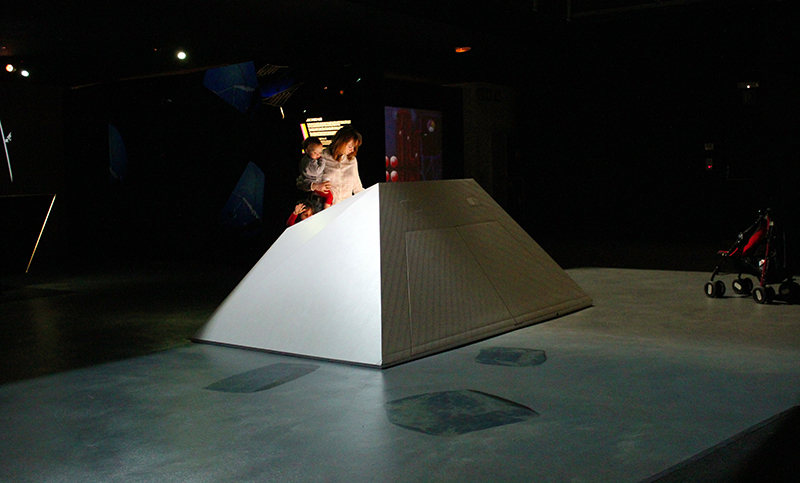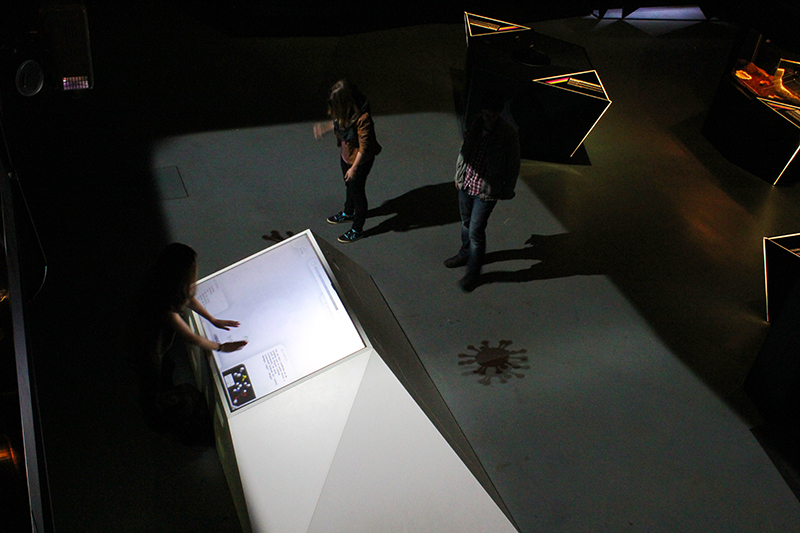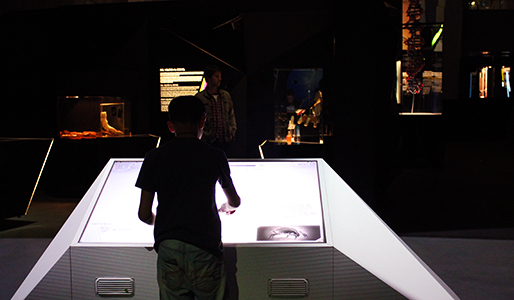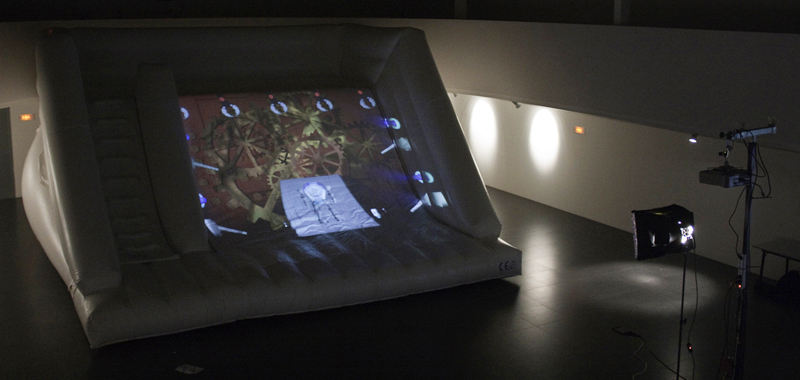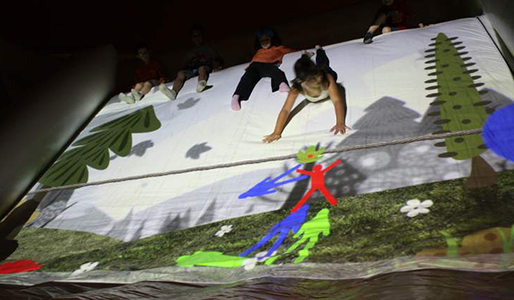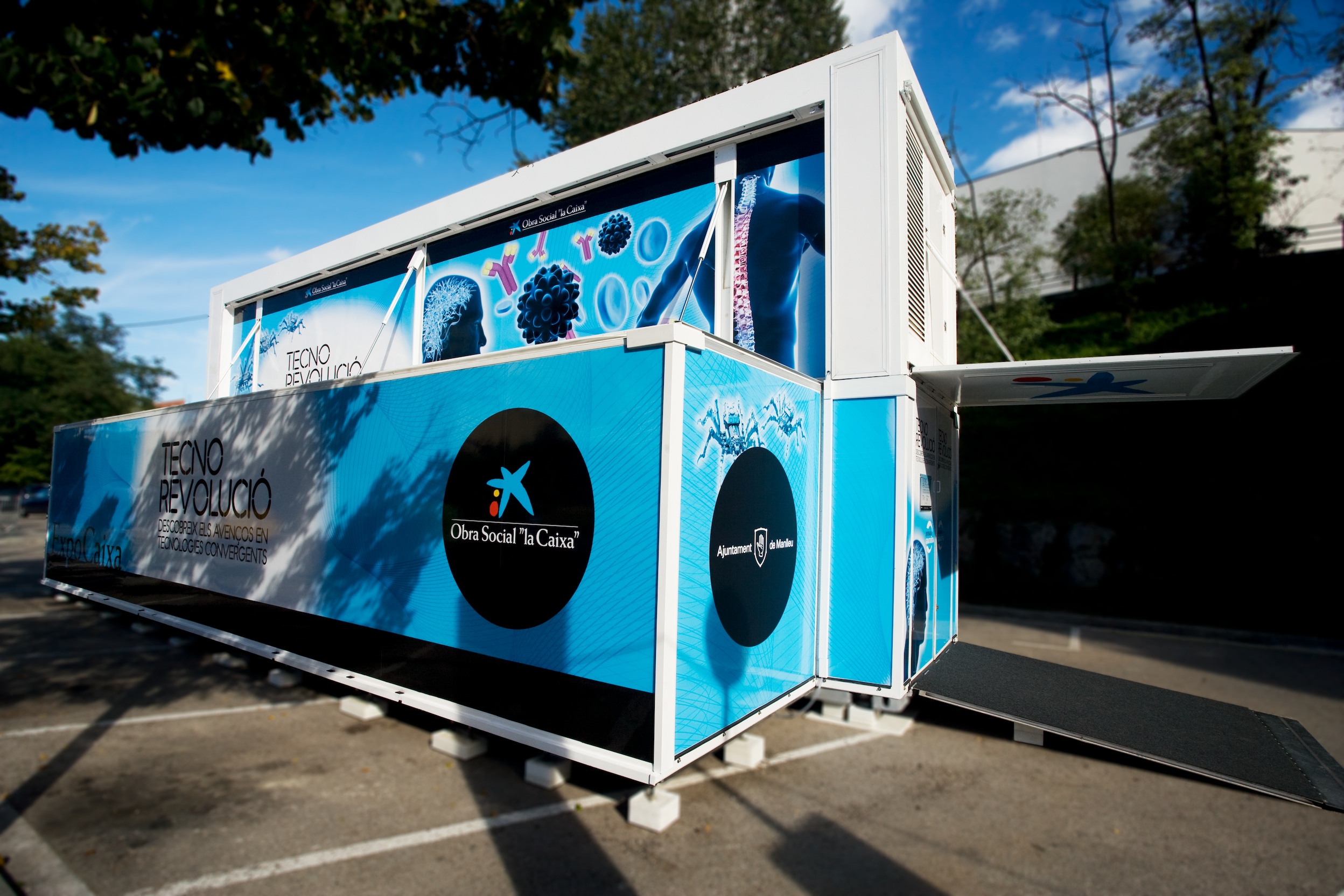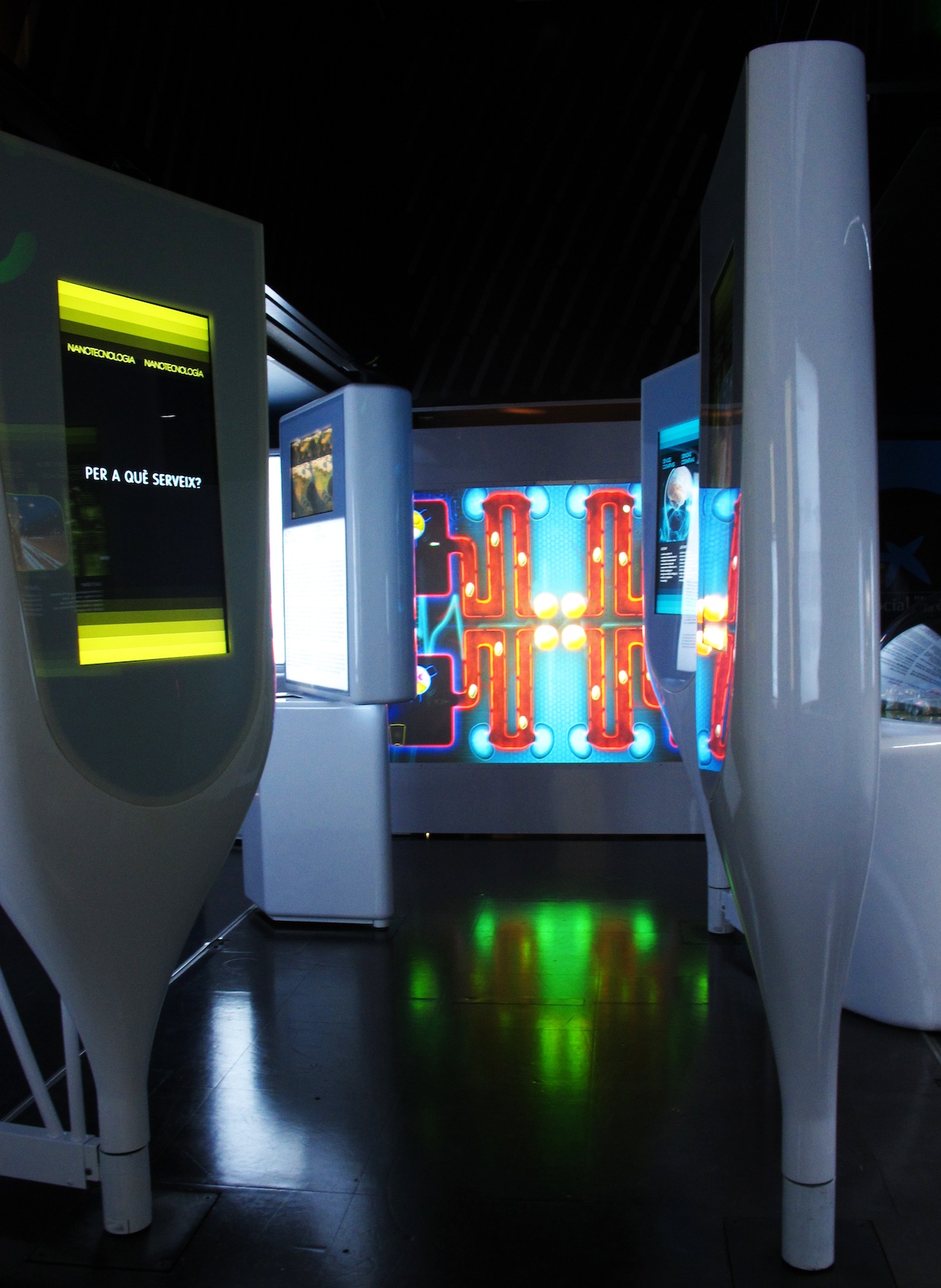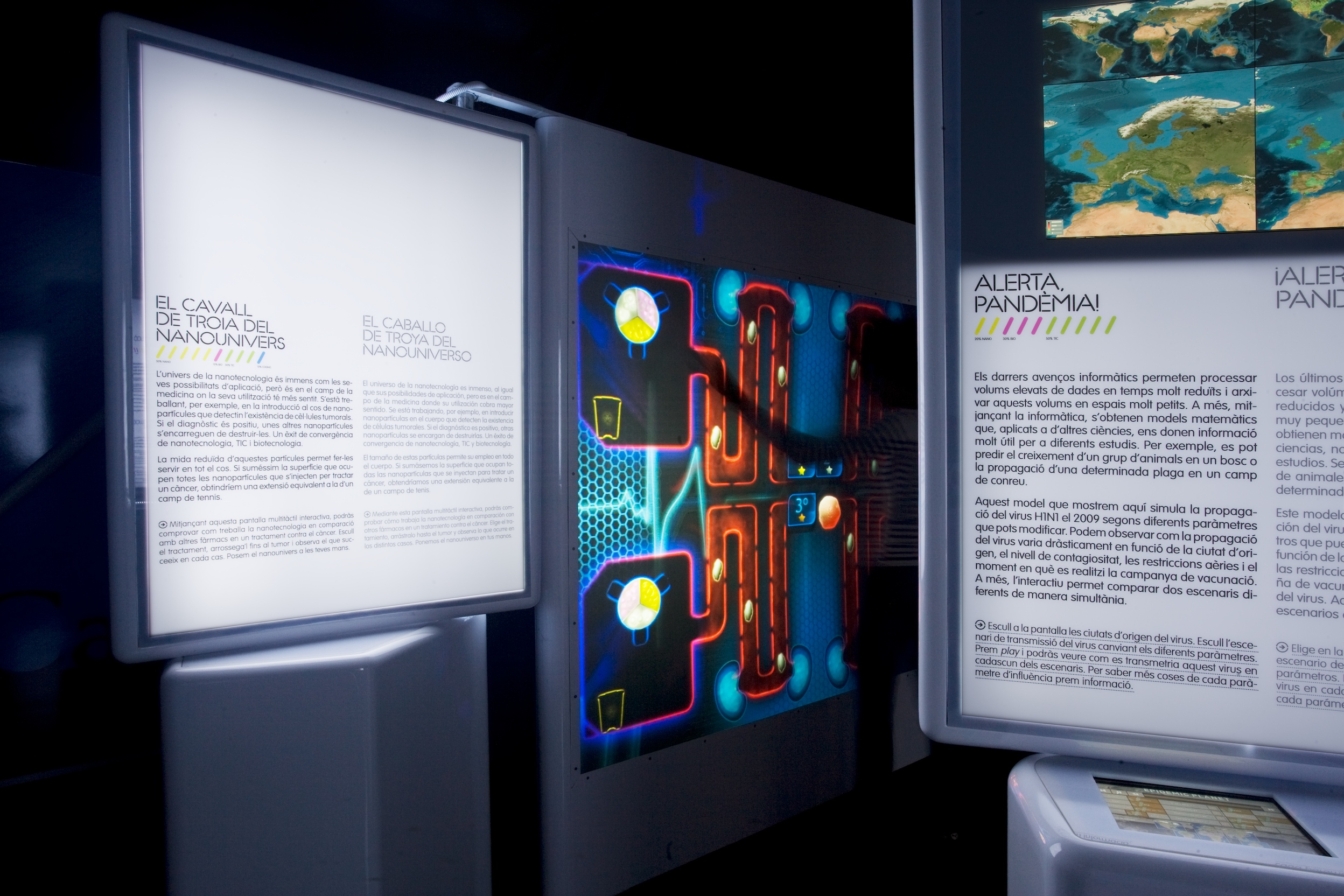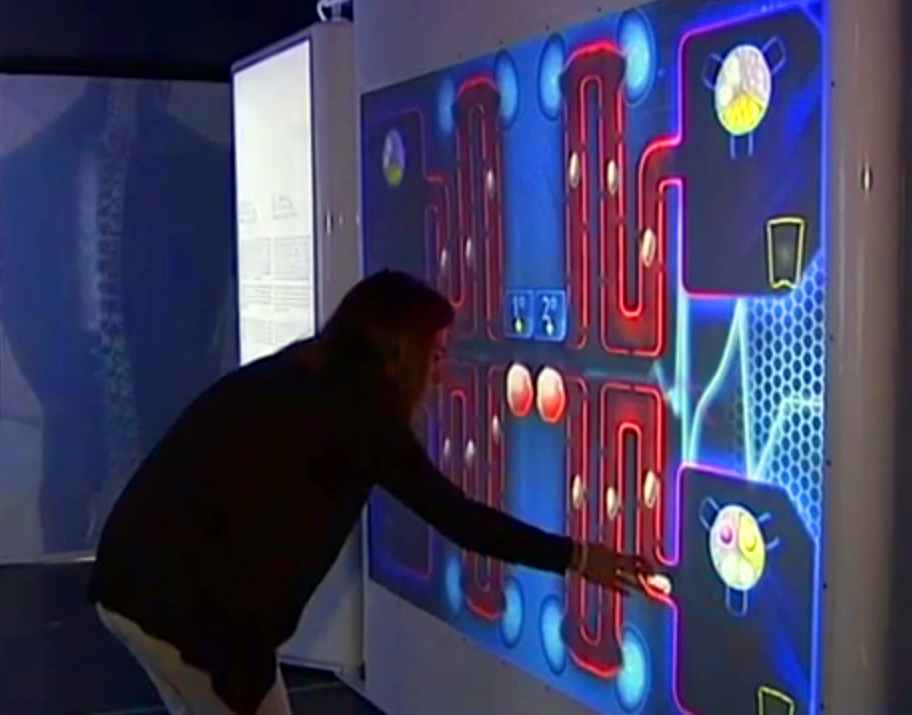Master Thesis
Description
Master Theses and their associated projects are an extremely important part of the master.
The master thesis is worth 20 ECTS which represents 33% of the total 60 ECTS to be achieved to get the masters degree.
Students must invest a minimum of 650 hours of work in their project.
The master thesis and the project bring together all the knowledge acquired during CSIM.
Students must develop some sort of artifact, pose a hypothesis and either prove it true or refute it.
It is a perfect mix of hands-on design, construction and deployment of the artifact with scientifically sound methods to support, justify and evaluate everything.
CSIM students choose their master thesis from a broad list of proposals that the research groups prepare (around 40-50 different proposals every year).
The project proposals cover the breadth of topics exposed in CSIM and, therefore, students always find something fun, motivating and interesting.
Students are immersed in the research groups that host their master thesis project.
This immersion not only places students in a rich research environment with other master students, PhD students, post-docs and senior researchers, but also gives them acces to unique infrastructure that is not easy to find elsewhere.
Structure
A typical structure of the final report of the thesis would be the following:
- Abstract
- Keywords
- Introduction
- Problem statement
- State of the art
- Methods
- Design & Development criteria and strategies
- Experimental design and set-up
- Procedures used to obtain data and results
- Key results obtained in the study
- How did the results address the problem defined
- What are the problems faced by the study
- Validity of the results
- Relevance with respect to state of the art
- Future steps
- Results
- Discussion & Conclusion


